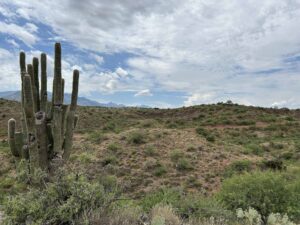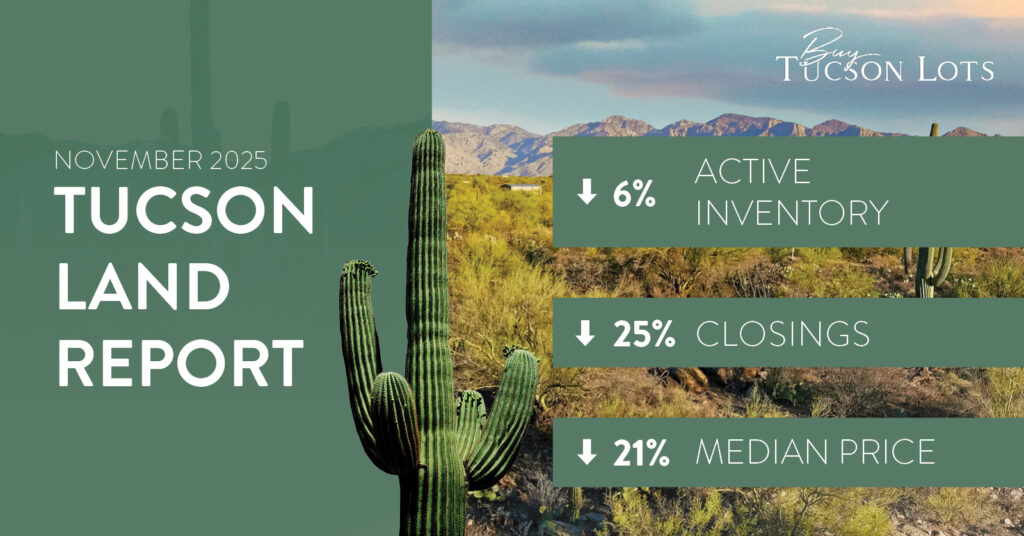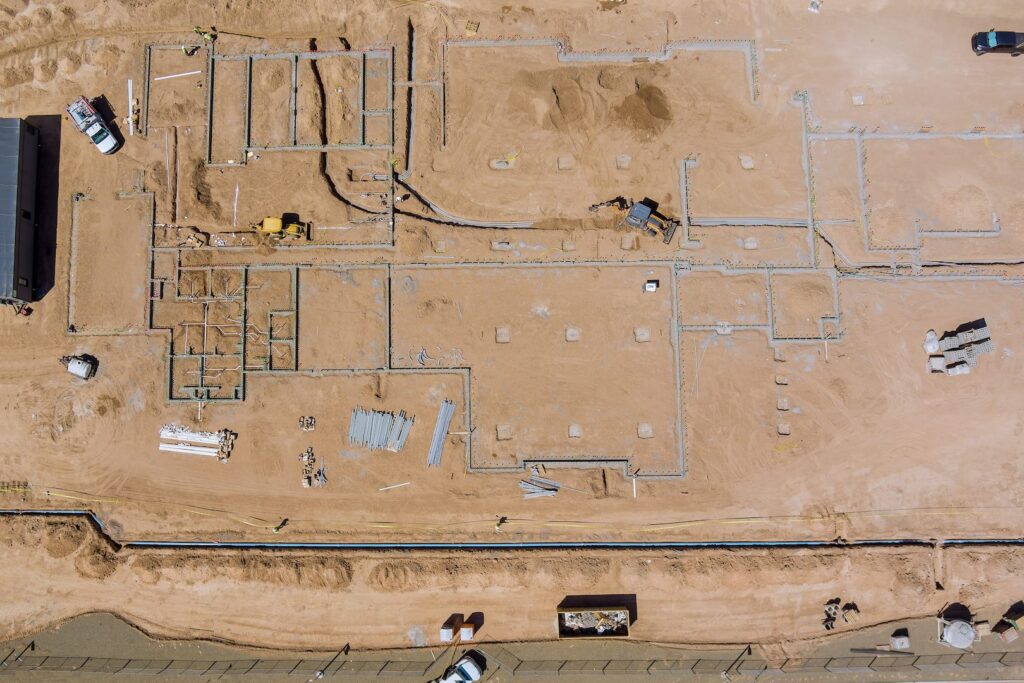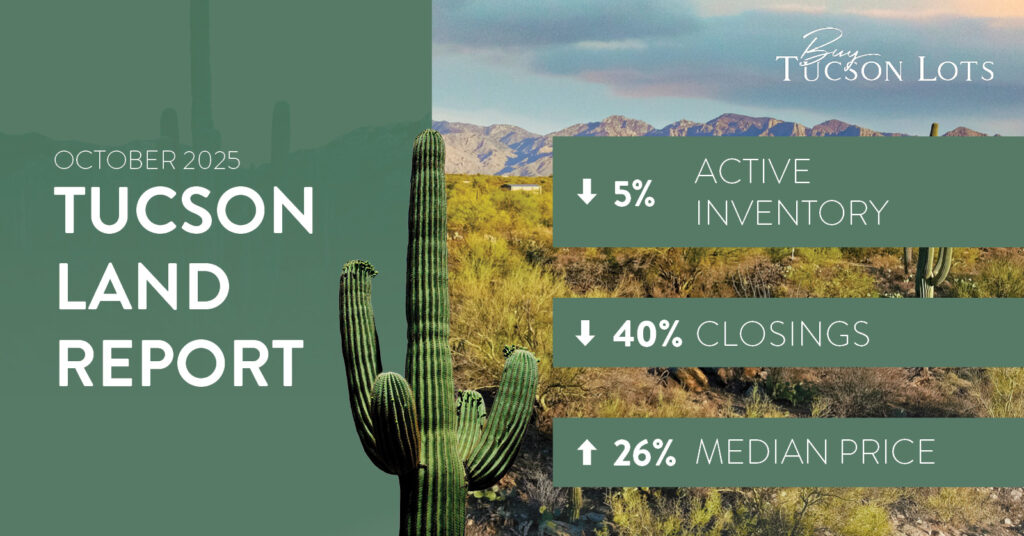When you have made the decision to invest in land, the most difficult issue that arises is finding the right land to invest in. First, you need to be certain what you want the land to be used for. Will your property be a future community development site? A ranch? A private home? Once you have ironed out that issue, the process of buying land brings one more obstacle your way – discovering the “market value” of the land.
The problem at hand, especially for the uninitiated real estate investor or first-time land buyer, is uncovering the “true” value of land that does not have typical valuation standards.
Of course, there are many factors that go into finding the valuation for a piece of land. Comps, also called comparables, are used to determine the value of a property. Information is gathered, analyzed and compared about recent land transactions in the area including the price, the land’s features, and the size of the lot to produce an estimated value of the raw land for sale.
Herein lies the problem with nailing down a solid final number for land appraisal. While comps are easy to come by in the housing market, with a land purchase, investors must gamble on the land’s potential value, a risk factor that can send self-represented land investors screaming for the hills. They needn’t lose faith in the valuation process, though. There are ways to determine a land’s worth that provide investors an accurate number to work with so they can have confidence that the property they are purchasing is worth what they are paying for it.
To do this, the land needs to be appraised. An appraiser is an outside source hired to assess the value of a lot or land, and they do so through contemporary, but not entirely flawless, evaluation methods.
There are three typical approaches to a land appraisal. These methods mirror typical real estate evaluations and can be used solely or combined to determine a piece of land’s value. As you will see, with raw land in an undeveloped area, it can be incredibly difficult to glean an accurate value from these appraisal methods.
Cost Approach
For standard real estate, an appraiser would use a cost approach to determine how much it would cost to replace buildings on the land or replicate a rebuild from the ground up. This type of approach does not help the investor looking to invest in raw land that does not have existing buildings or an established community around it to compare prices against.
Income Approach
The net operating income (NOI) can be determined by investors who are interested in purchasing land for a commercial investment. The appraiser would need to examine similar properties and their current market value to determine the best uses for the land to earn the highest profit, whether that be as a commercial property or a new community of private homes. Again, as a person interested in purchasing a single piece of land to build a single home in which they plan to live, an income approach is not an especially useful method of discovering value on its own.
Sales Comparison Approach
The most reliable way to determine the ballpark value of land is to look at previous, similar land purchases in the area and their sale price. With this information, size of land, topography, location, access, and community features can be compared to determine a price point.
It should be no surprise at this point to see that a different approach is needed to determine the real market value of a parcel of land, and that is why investors and independent buyers look to land site professionals to help them determine not only the value of the land they want to purchase but if that is the right land to purchase for their needs.
There is a whole lot more to cover about how to uncover the true value of land, so check back with us for part two when we’ll discuss what gives land its value – and how you can feel confident knowing that you’ve made a sound purchase.







